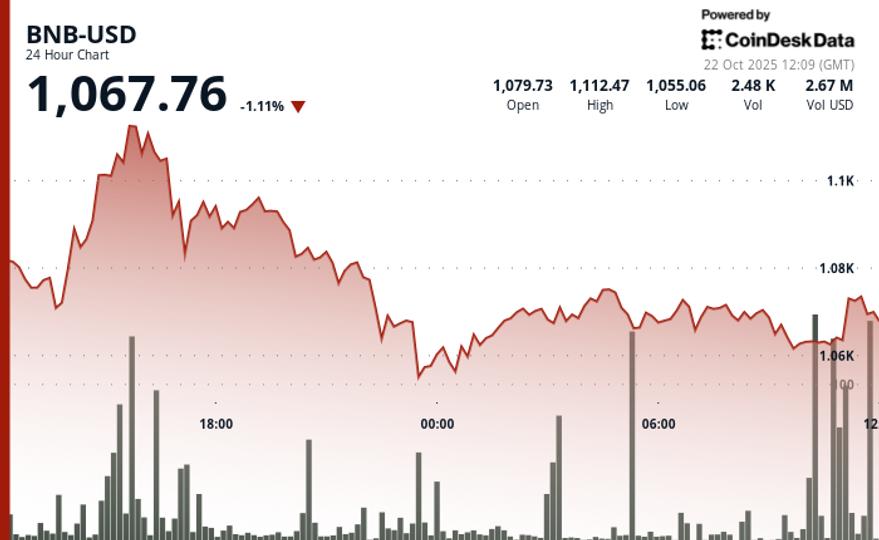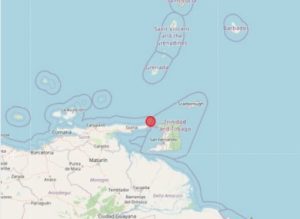Copyright Rolling Stone

The climate crisis is more than an environmental issue; it’s psychological. A growing number of young people are reporting a sense of dread about the future, a phenomenon researchers call eco-anxiety. A 2023 study published in PNAS found that most U.S. youth between ages 16 and 24 report “moderate climate distress and some functional interference from climate-related thoughts and feelings.” Adults, too, are carrying that weight, manifesting as stress, trauma and grief after climate disasters such as floods and wildfires. In 2013, the American Psychiatric Association (APA) found that more than 40 percent of U.S. adults say climate change has affected their mental health, and nearly one in five say the impact is significant. The emotional reality of living in a destabilized climate — on top of other fear-mongering headlines about global events — is palpable. But how we process these feelings can have a positive influence on both our personal resilience and collective action. During Climate Week NYC, I was fortunate to connect with three different visionaries incorporating this truth in their work. As our outer world overwhelms us, Hannah Stockert Barisonzi, founder of Green Crew, Rebecca Weston, executive director of Climate Psychology Alliance of North America, and Elizabeth Thompson, co-executive director of Visions2030, are all taking tangible action to help people take care of their inner worlds. At age 13, Barisonzi (now 17), decided not to carry the weight of climate anxiety alone. She launched her youth-led Green Crew initiative to protect nature and transform stress into empowerment and environmentalism. Action as an Anchor Under the Minnesota Valley Chapter of the Izaak Walton League of America, Green Crew puts teenagers in charge of conservation projects — from planting trees to monitoring water quality — with adults serving in advisory roles. On the surface, it’s habitat restoration. On a deeper level, it’s a blueprint for emotional resilience: turning fear into shared work, anxiety into agency. Editor’s picks By giving young people real ownership of climate solutions, Green Crew transforms environmental action into a form of therapy. Each sapling planted and shoreline restored becomes proof that their choices matter. For youth paralyzed by dread, this is a counter-story — one of belonging, purpose and the possibility of building a better future. Business leaders should take note that anxiety without agency deepens despair. Just as Green Crew empowers its members, companies can empower employees by giving them meaningful ownership of sustainability initiatives rather than symbolic gestures. Agency fuels resilience and loyalty. Green Crew also offers an intergenerational model with teens leading projects and adults providing support. This structure is living proof that youth concerns are credible and their leadership valid. Barisonzi is presenting a 25 under 25 challenge for leaders to take, asking them to prove they’re serious about supporting young people by making 25 percent of their board under the age of 25. Her stance is that if adults believe youth are the future, they need to make them a part of the present. Instead of treating youth anxiety as immaturity, this narrative shift reframes it as responsibility. Companies can mirror this approach. Top-down sustainability programs often falter because they sideline younger voices. By pairing executive resources with youth leadership, organizations can transform sustainability from compliance into culture. The Rolling Stone Culture Council is an invitation-only community for Influencers, Innovators and Creatives. Do I qualify? Related Content Reframing Distress as Care What Green Crew enacts outdoors, the Climate Psychology Alliance of North America (CPA-NA) advances in therapy rooms and community dialogues. CPA-NA is building a national network of mental-health professionals addressing the emotional toll of the climate crisis through connection, resilience and collective care. Grounded in a model that links psychological well-being to ecological well-being, CPA-NA helps clinicians integrate climate awareness into their practice and communities. The alliance emphasizes that climate emotions — anxiety, grief, even rage — are not pathologies but rational responses to a destabilized world. As clinicians often say, we hurt where we care. When distress is treated as evidence of empathy rather than weakness, it becomes a guide instead of a burden. This shift — from something’s wrong with me to something matters to me — has implications beyond mental health. Executives who acknowledge emotions openly in workplace culture or brand storytelling can cultivate solidarity and trust. Employees whose values are seen help strengthen company culture; customers who feel recognized deepen their loyalty. The Architecture of Imagination While Green Crew grounds climate mental health in action, and CPA-NA reframes it in psychology, the Lumisphere Experience is helping people reclaim their imaginations. A trio of immersive domes created by Visions2030, the Lumisphere Experience is currently anchored at Rio de Janeiro’s Museu do Amanhã, coinciding with COP30. Through light, sound and design, it creates a sensory landscape that invites participants to imagine alternative futures. While it doesn’t erase eco-anxiety, it expands the human consciousness into a larger frame that includes awe and creativity. I should know. I had the privilege of taking the Lumisphere journey before the domes were shipped to Brazil. For me, stepping inside the domes was a reminder that imagination is a renewable resource. Storytelling can be built into environments that expand what people believe is possible. Executives can take note. Think of how much more organizations would thrive if they created their own Lumisphere moments — campaigns, internal convenings or brand activations that spark belief in better futures. In an era of disruption, inspiring imagination is not a soft skill. It’s a leadership imperative. Storytelling as Leadership Infrastructure These examples amplify how storytelling creates infrastructure for mental health, resilience and building teams, and we need more of this. Trending Stories Employees, customers and investors are already living inside narratives of loss and uncertainty. Leaders who ignore that dimension risk paralysis in their organizations. Leaders who embrace it — by giving agency, reframing emotions and designing for imagination — are closer to breeding resilience and innovation. We can’t stop climate disruption through storytelling alone. But without story, we risk losing the will to act. The task for leaders is not only to meet emissions targets, but to create narratives big enough to hold both grief and hope. Because what people believe is possible depends on the stories they are invited to live inside.



